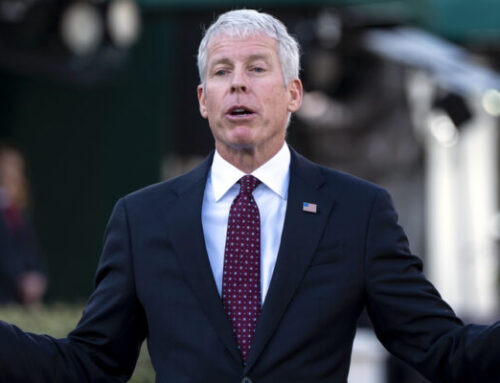NC wildlife crossing could provide lessons for SC
December 30, 2024
The federal government is allocating $25 million to the North Carolina Department of Transportation to build a series of wildlife crossings under U.S. Highway 64 in the northeastern part of that state. The project is an effort to protect the critically endangered red wolf. Only about 20 of that species remain in the wild, all of whom live in North Carolina.
So why does that matter to South Carolina, and — more specifically — Charleston?
Red wolves once roamed across the entire Southeast and beyond: from Texas to the Atlantic coast and from Pennsylvania down through Florida, according to Defenders of Wildlife. The species was eradicated from the Palmetto State in the early 20th century.
Still, South Carolina historically has played an important role in red wolf conservation. Between the late 1980s and 2005, 26 red wolf pups were born on Bulls Island in Cape Romain National Wildlife Refuge. While that program was discontinued, the Refuge’s Sewee Center still hosts two captive red wolf siblings that arrived in early November.
But conservationists and advocates are hopeful that the species someday can regain a semblance of their historic range across the southeast, including in South Carolina.
“If we get the North Carolina population growing again — back up to 60, 70, 80 wolves in the wild — then there’s going to be lots of wild-adapted wolves that could be used to start another population somewhere else,” said Ron Sutherland, chief scientist for Wildlands Network, a nonprofit that works to reestablish connections between ecosystems.
Sutherland explained that traffic fatalities are a major cause of death for the red wolves. In a population as small as theirs, even just a few traffic fatalities a year can have dire consequences.
“It’s been a huge strain,” he said. “Really for the last 10 years, that road mortality has been the leading cause of death for the wild red wolves.”
Beyond red wolves, Sutherland sees a promising future for wildlife crossings in South Carolina. He said one of Wildlands Network’s long-term goals is to create a system of crossings that would connect the Francis Marion National Forest to the ACE Basin. Those two ecosystems once were neighbors, but they were functionally cut off from each other by the concrete curtain that is developed Charleston County.
“I know the conservation value of the ACE Basin,” he said. “We are interested in … a wildlife corridor around Charleston before it’s too late.”
Search
RECENT PRESS RELEASES
Related Post




